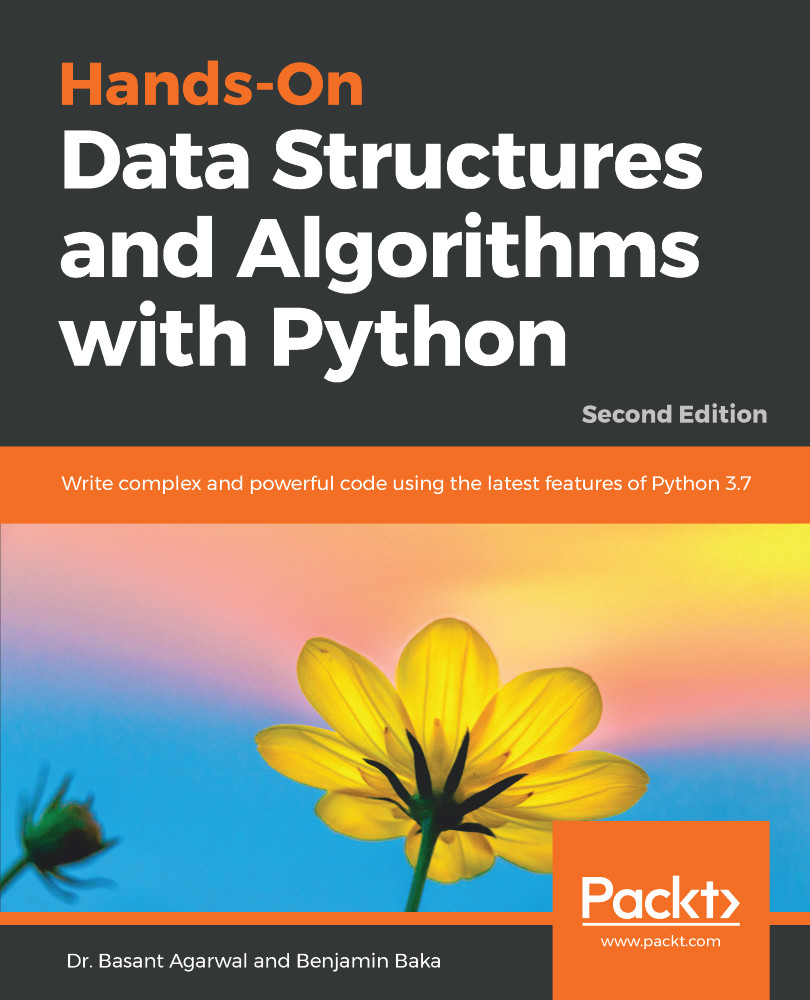A tree is a hierarchical form of data structure. In the case of other data structures such as lists, queues, and stacks that we have discussed till now, the items are stored in a sequential way. However, in the case of a tree data structure, there is a parent-child relationship between the items. The top of the tree's data structure is known as a root node. This is the ancestor of all other nodes in the tree.
Tree data structures are very important owing to their use in various important applications. Trees are used for a number of things, such as parsing expressions, searches, storing data, manipulating data, sorting, priority queues, and so on. Certain document types, such as XML and HTML, can also be represented in a tree form. We shall look at some of the uses of trees in this chapter.
In this chapter, we will cover the following topics:
- Terms and definitions...



